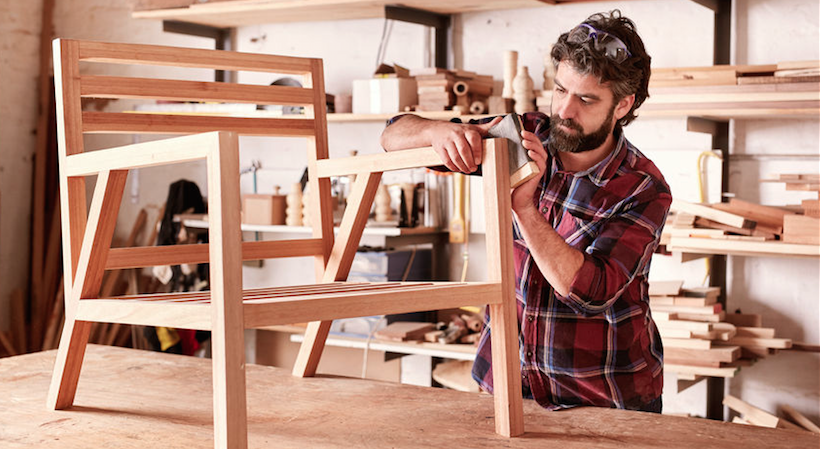When your company needs a key piece of equipment but your cash flow won’t permit you to purchase it outright, there are two choices open to you: seeking equipment finance, or leasing the equipment.
All about equipment finance
The best thing about equipment loans is that they’re relatively easy to obtain, and you may be able to borrow a significant sum if you’re seeking to make a major investment in equipment.
Since the equipment itself will secure the loan, it’s unlikely that you’ll be required to put up any collateral. However, interest rates can be fairly substantial, depending on the lender and your particular circumstances.
There are several important advantages to equipment finance. The first is that lenders generally don’t insist on seeing mountains of documents, which is usually the case with a conventional bank loan.
Secondly, the payments you make will normally be 100 percent tax-deductible, since you can usually claim the entirety of capital allowances as you pay for them.
However, there’s one drawback: if the equipment you purchase is in a fast-moving technology sector, it could become obsolete before you finish paying off the loan. This will not, of course, affect your obligation to pay.
Which brings us nicely into equipment leasing.
Related: 4 Things You Need to Know Before Applying for Your First Business Loan
An overview of equipment leasing
With equipment leasing, you effectively rent the equipment rather than buy it outright. Usually no down payment is required, and at the end of the lease you have the option of renewing or terminating the arrangement or buying the item at its (much reduced) current market value.
The advantage is obvious: if the equipment has been superseded by something newer and more sophisticated, you can start renting that instead.
In some cases, you may even be able to negotiate a swap-over in the middle of a lease. The other piece of good news is that once again, everything you pay is tax-deductible.
The drawback? This is a much more expensive way to obtain a piece of equipment than purchasing it outright, but if you don’t have the cash on hand then you don’t really have a choice.
Sign Up: Receive the StartupNation newsletter!
Which option is right for you?
In general, if you’re looking for a piece of equipment that will serve you for many years to come, equipment finance may be a cheaper and simpler way to obtain it.
Furthermore, as soon as you’ve paid the loan off, you have another asset in your possession, and the equipment can be used as collateral for loans for other purposes. However, if you think you’ll need to upgrade every few years, leasing may give you a lot more flexibility.
Equipment finance offers great support to entrepreneurs in particular, making sure their cash goes further. When you are setting up a business, you may quickly find that your cash is swallowed up in other areas.
Generally, you can borrow up to 100 percent of the equipment’s value, and the equipment itself will serve as collateral. Some lenders may put a cap of 10 years on the repayment term, while others will allow it to run for the lifetime of the equipment.
Either way, this type of loan is best for startups that need to purchase a large piece of equipment and will generally need more than five years to pay off the loan. Plus, as a startup, you won’t need to worry about building years of credit scores or accruing a certain number of years in business to be accepted.
When you are looking to fund a startup concept, renting rather than buying equipment and premises is also a valid option. However, you may have more difficulty finding a provider who is happy to provide leasing solutions with under three years of accounts under your belt.
Often, equipment finance is the better option for an entrepreneur who finds themselves starting out with a lower volume of equipment. Then, as they expand and need additional equipment, leasing may develop into the more beneficial route, especially if the equipment requires frequently updating.






